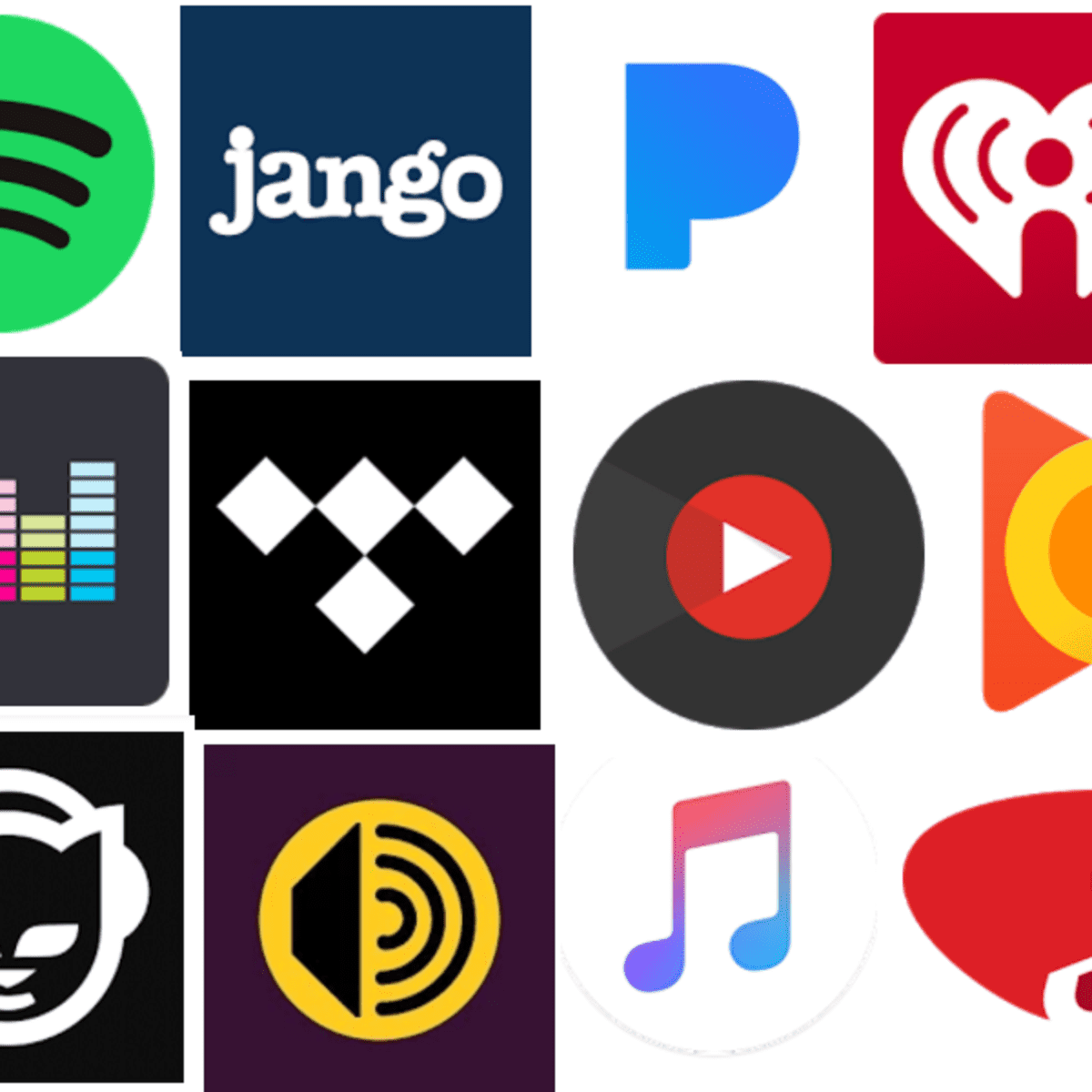Buzz Haven: Your Source for Trending Insights
Stay updated with the latest buzz in news, trends, and lifestyle.
The Great Streaming Showdown: Vinyl vs. Digital
Discover the epic battle of sound: Vinyl vs. Digital! Which format reigns supreme? Dive in and find out!
Vinyl vs. Digital: Which Format Delivers the Best Sound Experience?
The debate between vinyl and digital formats has been a hot topic among audiophiles for decades. Many enthusiasts argue that vinyl records provide a richer, warmer sound that captures the essence of a live performance. The analog nature of vinyl inherently allows for a deeper, more nuanced audio experience, revealing details often lost in digital recordings. Additionally, the tactile ritual of placing a record on a turntable adds to the overall experience, allowing listeners to engage with the music on a more personal level.
On the other hand, digital formats offer convenience and accessibility that vinyl simply can't match. With the advent of high-resolution audio files and streaming services, listeners can enjoy a vast library of music with just a few clicks. Furthermore, digital recordings often provide greater clarity and precision, removing background noise and distortion typical of older vinyl. In the end, the choice between vinyl and digital comes down to personal preference; some will always cherish the nostalgic feel of a record, while others will appreciate the modern convenience of digital sound.

The Resurgence of Vinyl: Why Vinyl Records Are Making a Comeback in the Digital Age
The resurgence of vinyl records in the digital age is a fascinating phenomenon that reflects a cultural shift towards tangible music experiences. Unlike the fleeting nature of digital downloads and streaming, vinyl offers a unique auditory experience characterized by its warm sound quality and larger-than-life album artwork. Enthusiasts often cite vinyl records as a medium that fosters a deeper connection to the music, allowing listeners to engage with the album as a cohesive artistic expression. This revival is not merely a nostalgic trend; it represents a growing appreciation for the artistry behind album production, prompting both new and seasoned collectors to seek out rare pressings and classic releases.
The surge in vinyl sales can be attributed to several factors, including the nostalgia associated with analog formats and the tangible nature of physical media. In recent years, the vinyl industry has seen a significant uptick in sales, often outselling digital downloads in certain markets. This has led to a new generation of artists releasing their work on vinyl, embracing the format as a symbol of authenticity and craftsmanship. As vinyl records continue to gain popularity, they not only satisfy the demand for high-quality sound but also serve as a statement of individuality in an increasingly digital world.
Streaming Services vs. Vinyl Collections: What's the Future of Music Consumption?
As technology continues to evolve, the debate between streaming services and traditional vinyl collections intensifies. Streaming platforms like Spotify and Apple Music offer unparalleled convenience, granting users access to vast libraries of music at their fingertips. This immediacy appeals to the fast-paced lifestyle of modern audiences, allowing for easy discovery of new artists and genres. However, collectors argue that vinyl records provide a unique tactile experience that digital formats cannot replicate. The rich, warm sound quality of vinyl, along with the artwork and physicality of the records, offers a nostalgic charm that streaming often lacks.
Looking toward the future, it seems that both streaming services and vinyl collections will coexist, catering to different segments of music consumers. While younger generations may favor the accessibility of digital platforms, the resurgence of vinyl in recent years indicates that many still cherish the artistry involved in physical media. This duality suggests a potential for both formats to thrive, perhaps leading to a hybrid model where streaming services could incorporate features enhancing the vinyl experience, such as curated playlists that pay homage to classic albums. Ultimately, the future of music consumption may lie in striking a balance between innovation and tradition.